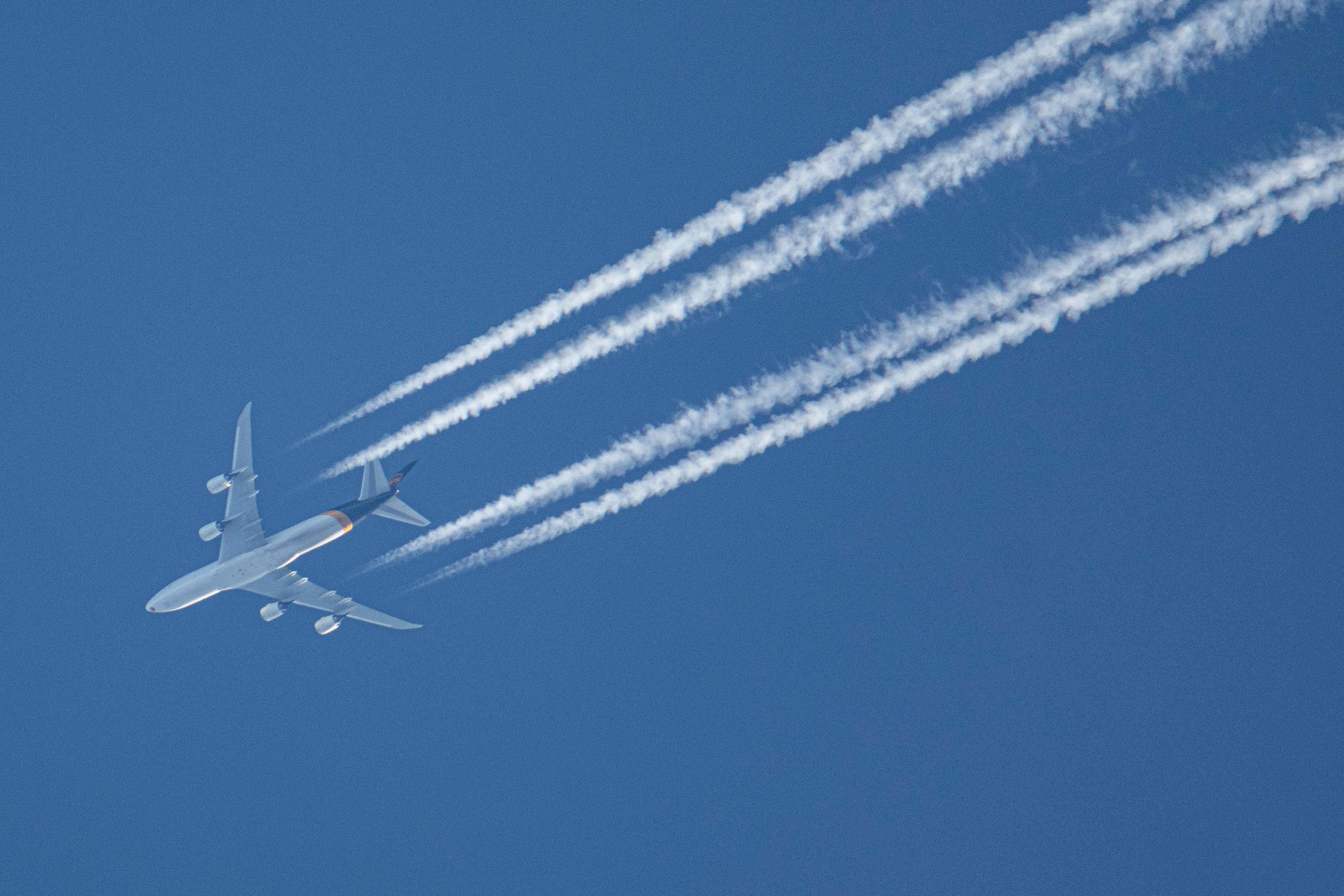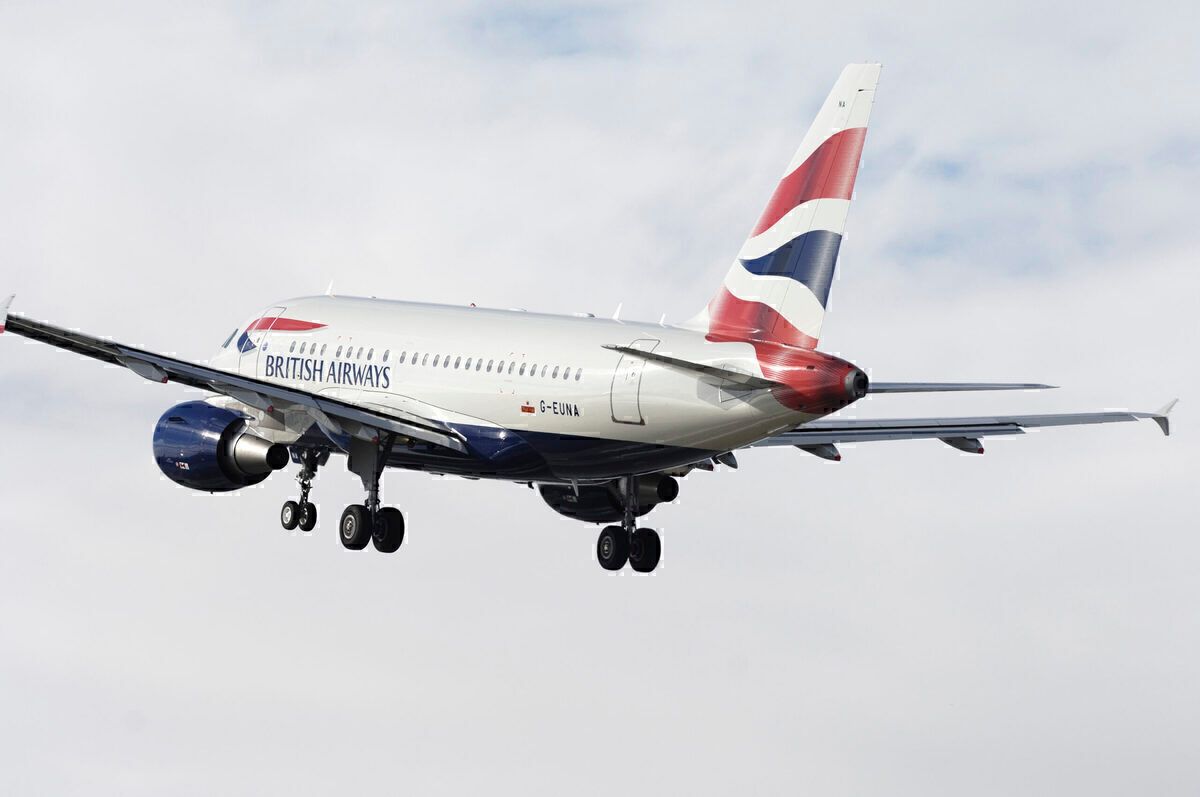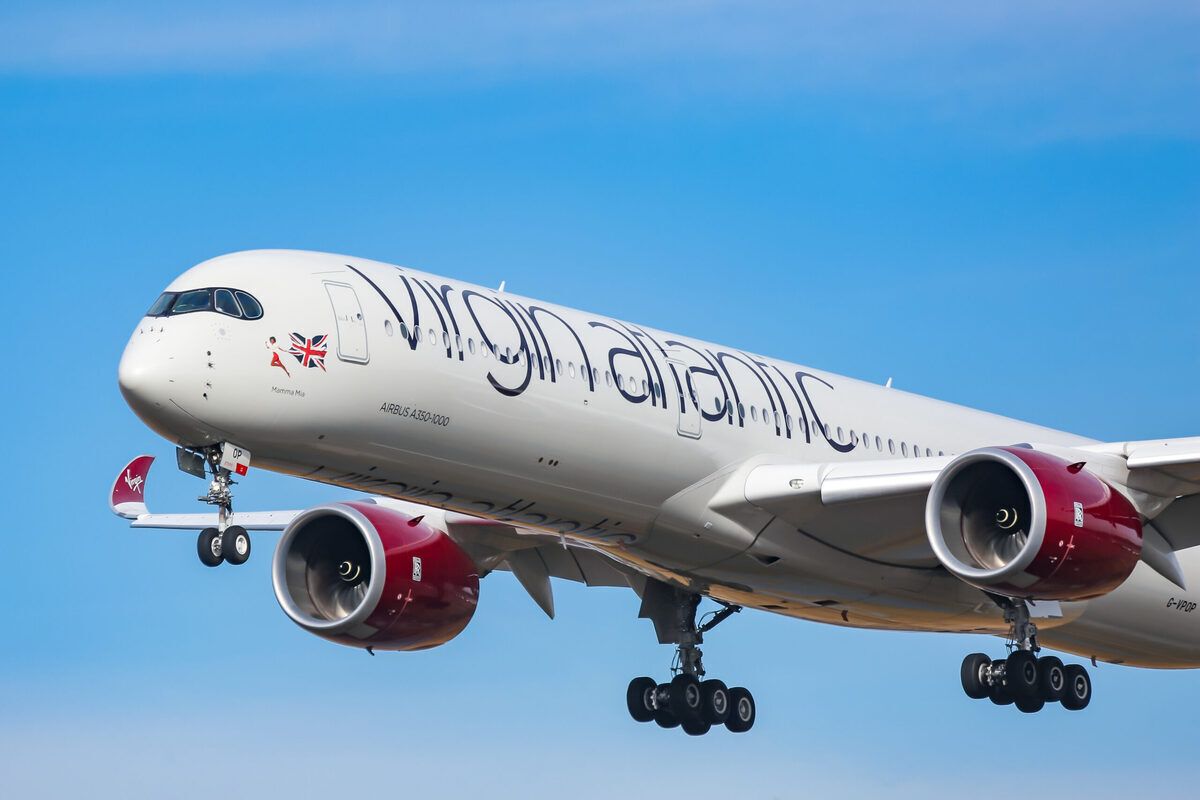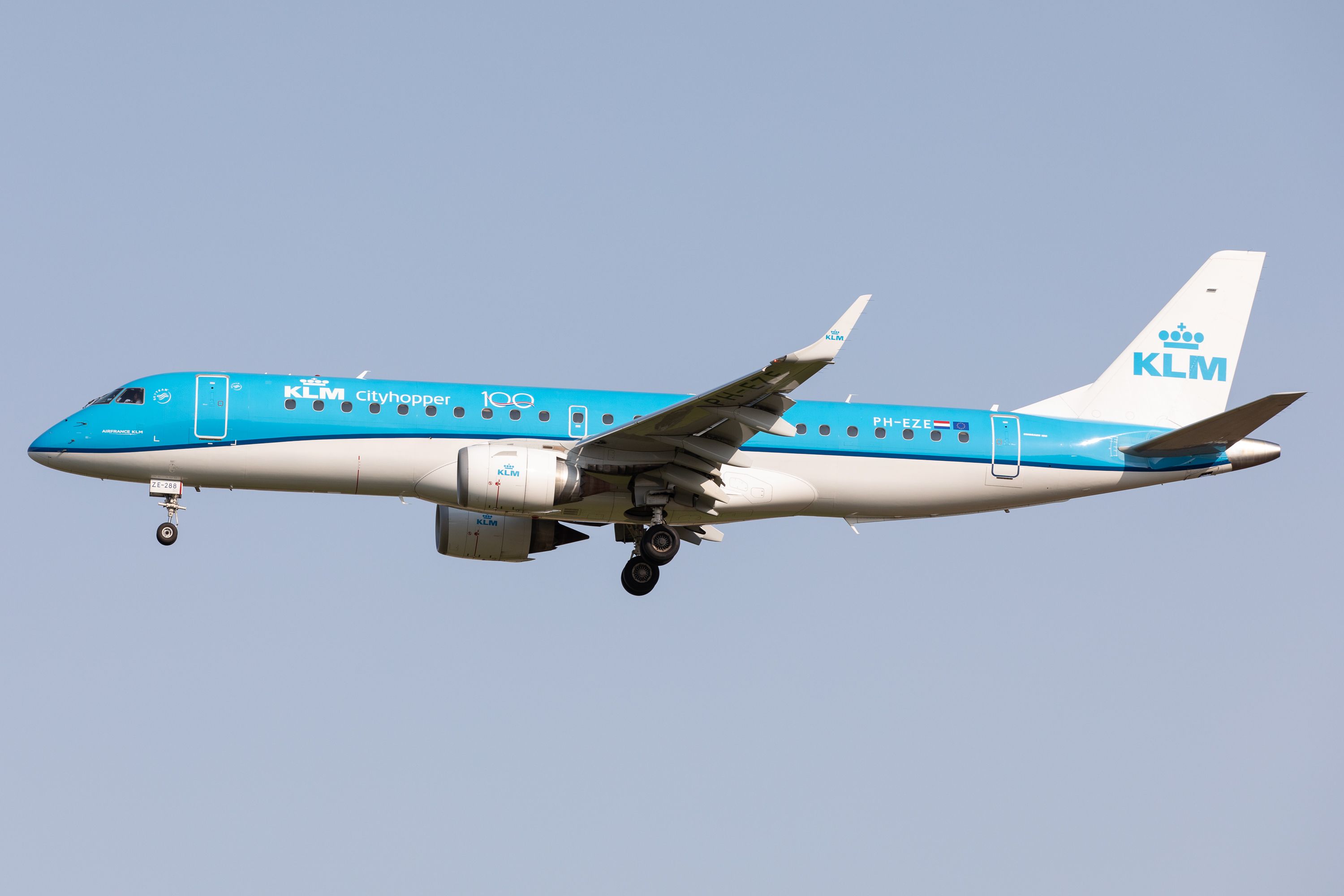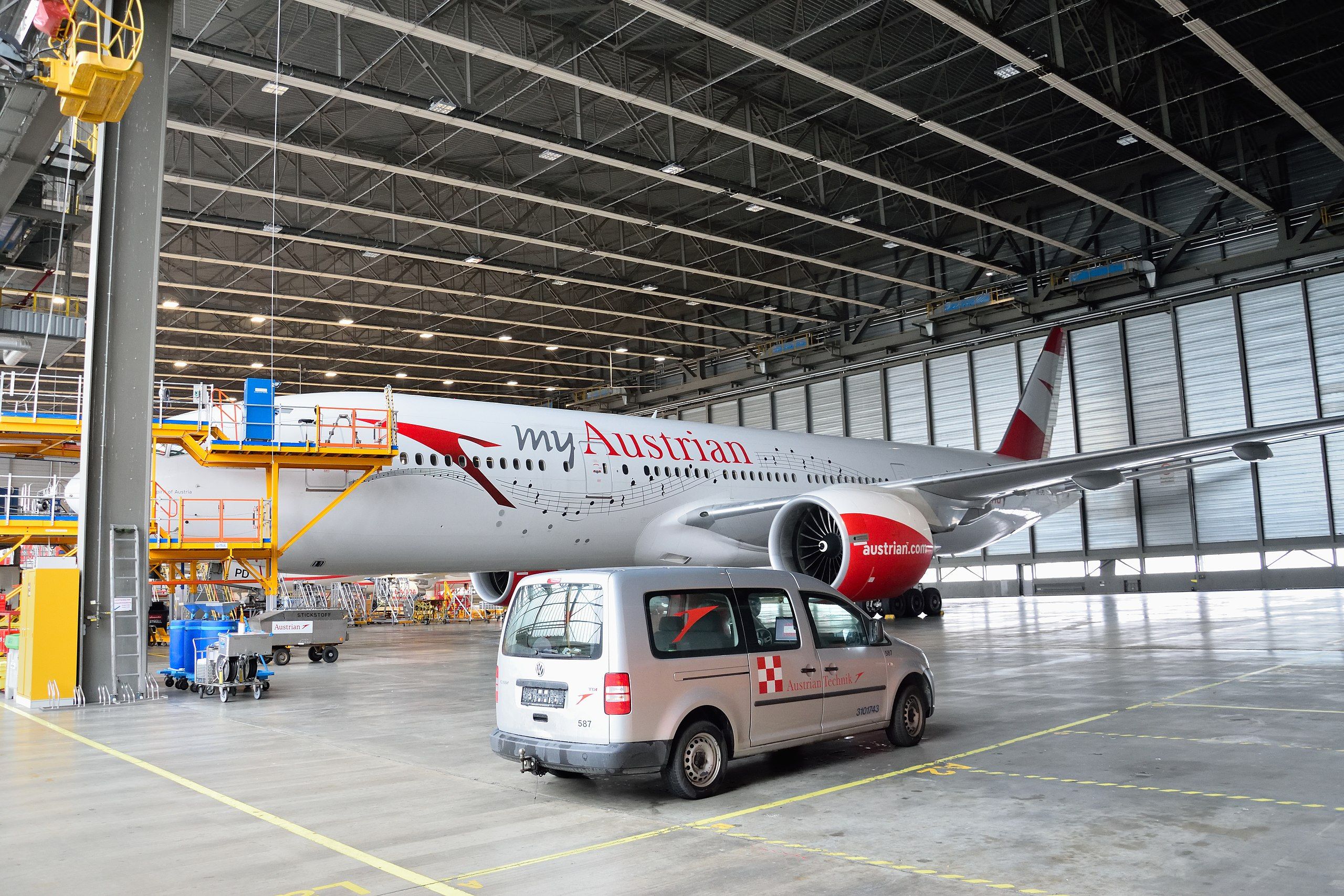The projected increase in the demand for commercial air travel advocates for energy-efficient airplanes and reduced carbon footprint. In the past, airlines mostly relied on the infamous hub-and-spoke model for their long-haul operations.
In recent times though, more airlines are moving towards point-to-point travel — connecting relatively smaller city pairs through short-haul flights. The trend calls for specific economic viability for the airline in terms of fuel efficiency, carbon footprint, and aircraft maintenance.
Aerodynamic drag
Fuel efficiency is directly affected by the magnitudes of drag airliners experience during flight. Apart from the parasite drag (form, interference, and skin friction), a large portion of the aerodynamic drag results from the airflow rolling from the higher-pressure side of the wing to the lower-pressure side, causing wingtip vortices.
Lift-induced drag is generated as a byproduct of the downwash from the vortices, which affects the aerodynamic efficiency of the aircraft. Depending upon the aircraft type and phase of flight, approximately 35 to 40 % of the total drag can be associated with lift-induced drag.
Since the strength of vortices is directly proportional to the angle of attack, the overall economics of flight changes significantly between various flight regimes.
Fuel efficiency
In a typical long-haul flight, an aircraft climbs (to cruising altitude) for approximately 30 minutes, followed by a level flight of, say, six hours, before descending to land. During climb and descend, the aircraft experiences much higher drag as compared to the level (cruise) flight.
In this case, the climb and descend regimes amount to nearly 15% of the total flight time (60 minutes) at high-drag conditions, and the rest 85% of the flight time (six hours) at low-drag conditions.
On the other hand, a relatively shorter point-to-point flight of two hours would climb for approximately 20 minutes (to a relatively lower altitude than a typical long-haul flight), followed by a level flight of 1 hour 20 minutes, before descending to land. Such a flight regime will incur high-drag conditions for over 33% of the flight time, and lower drag conditions for over 66% of the time.
Comparing the two flights, a relatively lower fuel efficiency is achieved on short-haul flights due to higher drag incurred. Moreover, a lower cruising altitude means the air density would be relatively higher, which also results in greater aerodynamic drag. It is also noteworthy that higher aerodynamic drag influences total energy consumption and results in increased carbon emissions into the environment.
Aircraft maintenance
Maintenance of the aircraft is another factor that plays an important role when comparing flight cycles (for short-haul flights) and flight hours (for long-haul flights) over the course of a set period. In terms of the airframe, a flight cycle is generally defined as a pair of one take-off and one landing of the aircraft.
For short-haul flights, the high number of cycles means the cabin has gone through frequent pressurization and depressurization, thus incurring higher stresses on the airframe. Such airframes are more prone to material fatigue and require frequent inspections and maintenance.
In terms of jet engines, the definition of a flight cycle may differ across different OEMs, but as a rule of thumb, it is the heating of the engine to a specific power, and then cooling. During short-haul flights, engines heat up and cool down frequently, which results in greater wear of the turbine blades and other temperature-sensitive parts.
Consequently, some life-limited parts (LLPs) that rely on the number of flight cycles need to be replaced more frequently. While airline operators have to consider a number of other factors for the viability of a route, fuel efficiency, carbon footprint, and aircraft maintenance remain the major criteria for flight economics.
Do you enjoy short-haul flights more than long-haul? Or is it the other way around? Tell us in the comments section.

